When athletes say, “we really like playing with each other,” what does that mean?
What does that look like?
How can we create that as coaches?
Teaching high school athletes how to get along is crucial for fostering a positive team environment and promoting teamwork. Here are some effective strategies you can employ:
Establish clear expectations: Begin by setting clear expectations regarding behavior, sportsmanship, and teamwork. Emphasize the importance of respect, communication, and supporting one another. Ensure that all athletes understand these expectations and the consequences of not adhering to them.
Foster a positive team culture: Create an inclusive and supportive team culture where athletes feel valued and respected. Encourage a sense of belonging and emphasize that everyone’s contributions are essential for the team’s success. Promote a positive atmosphere through team-building activities, regular team meetings, and shared goals.
Develop communication skills: Teach athletes effective communication skills, both on and off the field. Encourage active listening, empathy, and understanding among teammates. Promote open and honest communication, where athletes can express their thoughts and concerns in a constructive manner.
Encourage collaboration and cooperation: Highlight the importance of collaboration and cooperation within the team. Encourage athletes to work together, share responsibilities, and support each other’s strengths. Promote the idea that individual success is intertwined with the team’s success.
Emphasize sportsmanship and respect: Teach athletes the value of good sportsmanship and respect for opponents, officials, and teammates. Emphasize fair play, integrity, and ethical behavior. Encourage athletes to compete with a positive attitude and show respect for all participants, regardless of the outcome.
Resolve conflicts effectively: Conflict is inevitable in any team environment, but it’s important to address and resolve conflicts promptly and constructively. Teach athletes conflict resolution skills, such as active listening, compromise, and finding common ground. Encourage them to approach conflicts as opportunities for growth and understanding.
Lead by example: Coaches and team leaders should lead by example and demonstrate the desired behaviors and values. Model good sportsmanship, respect, and teamwork in your interactions with athletes and others. Athletes often look up to their leaders, so your behavior will have a significant impact on their actions.
Encourage team bonding activities: Organize team bonding activities outside of regular training sessions or competitions. These activities can include team dinners, community service projects, or recreational outings. Building relationships and fostering camaraderie off the field can strengthen the team’s unity.
Provide opportunities for leadership development: Encourage athletes to take on leadership roles within the team. Provide opportunities for them to lead warm-up exercises, mentor younger players, or organize team events. Developing leadership skills can enhance their sense of responsibility and help them become role models for their teammates.
Celebrate individual and team achievements: Acknowledge and celebrate individual and team achievements, both big and small. Recognize athletes’ efforts, improvements, and contributions to the team’s success. Celebrating milestones and successes can boost morale and reinforce the idea that everyone’s efforts are valued.
Remember, creating a positive team environment takes time and consistent effort. By implementing these strategies, you can help high school athletes learn valuable life skills and foster positive relationships that extend beyond their athletic careers.
Coaches, join our newsletter which ships every Friday. Early access to Whiteboard Buddies, our limited enrollment coaching resource and membership.
